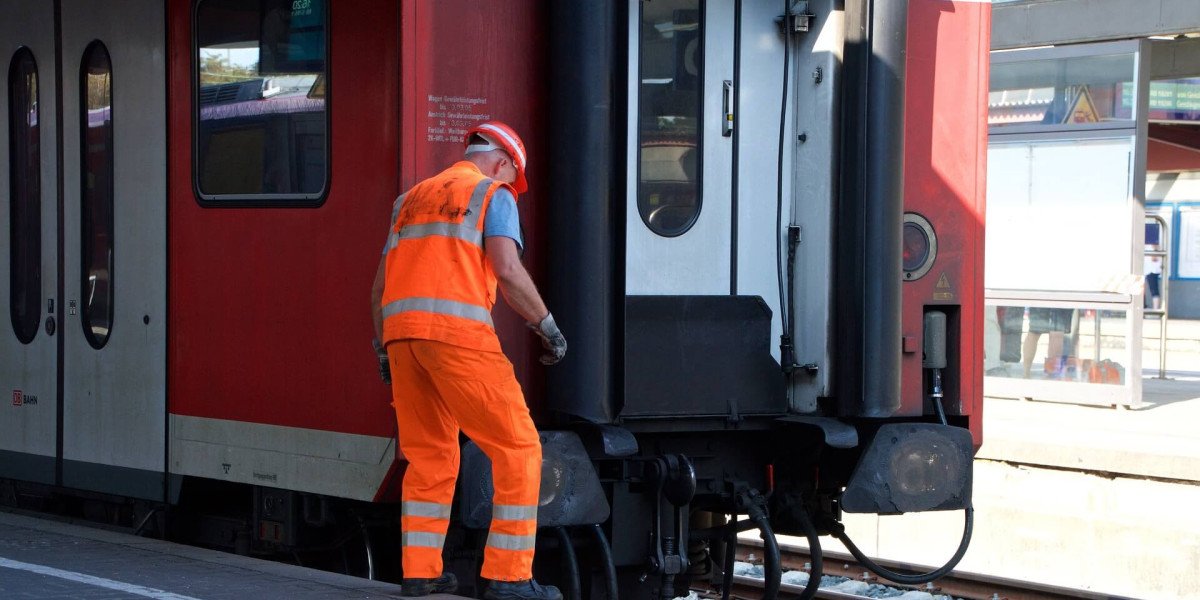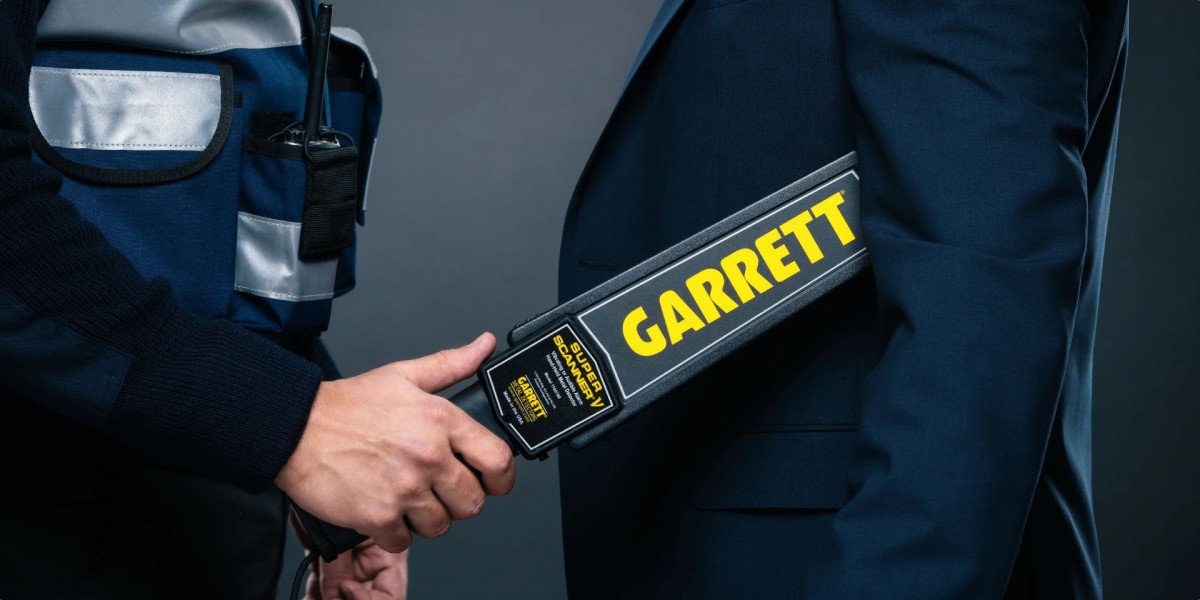Understanding the UK Driving Licence: Your Comprehensive Guide
Obtaining a driving licence in the United Kingdom is an essential step for numerous people, enabling them the flexibility to drive separately. However, the process of getting a UK licence can be complicated, encompassing numerous stages that need understanding both the legal requirements and the functionalities included. This article intends to provide an informative summary of the UK driving licence system, including the application procedure, types of licences, and common concerns that potential Drivers Licence Online may have.
Kinds Of UK Driving Licences
Drivers in the UK requirement to understand the various types of driving licences available. Each type serves a particular function and undergoes different policies. Here are the main classifications:
Provisional Licence
- This is the very first step in the driving licence process. A provisional licence enables individuals to practice driving under specific conditions and is generally made an application for at age 17.
Complete Driving Licence
- When a driver has passed both the theory and useful driving tests, they can obtain a full driving licence, which allows them to drive without supervision.
Unique Licences
- These include licences for larger automobiles (like buses and trucks), bikes, and more. Requirements can vary significantly depending on the lorry class.
European Union (EU) Licences
- EU citizens can drive in the UK with their current nationwide driving licences, however they may need to exchange their licence if they are remaining in the UK for an extended duration.
International Driving Permit (IDP)
- Non-UK homeowners may need an IDP to drive lawfully in Britain. This license needs to be obtained from their home country.
The Application Process for a Provisional Licence
Acquiring a provisional driving licence is the very first action towards driving in the UK. Here's how people can apply:
Eligibility
- Applicants must be at least 17 years of ages.
- They must be a citizen of Great Britain and fulfill eyesight requirements.
Application
- Applications can be sent online or by means of post. The application involves filling out a D1 form offered at the Driver and Vehicle Licensing Agency (DVLA) or most Post Office branches.
Files Required
- Evidence of identity (passport or birth certificate).
- A recent passport-sized photograph.
- Payment for the application cost.
Waiting Period
- As soon as sent, the DVLA usually processes applications within 3 weeks, though this can differ.
Getting ready for the Driving Tests
To transition from a provisionary to a complete driving licence, individuals should pass two crucial tests:
1. Theory Test
Content
The theory test consists of a multiple-choice area concentrated on roadway signs, traffic laws, and safe driving strategies, followed by a risk perception test.Preparation
Study products and practice tests are extensively offered, often provided by the DVLA or through numerous driving schools.
2. Dry run
Structure
The useful driving test examines the candidate's driving skills and understanding of roadway safety. It includes manoeuvres, emergency stops, and observation abilities throughout a genuine driving session.Booking
Candidates should reserve their practical test online once they feel great in their driving capabilities. Schedule might vary, so early booking is advised.
What to Expect After Passing Both Tests
Once the tests are passed, the individual is provided a complete driving licence. Below are the essential functions of a complete UK driving licence:

Validity
A full driving licence is normally legitimate for a duration of 10 years, after which it must be restored.Points System
The UK utilizes a points-based system for driving offenses. Building up 12 points on your licence within three years can lead to a disqualification from driving.Classifications of Vehicles
The complete licence specifies the kinds of lorries a driver is enabled to operate, based on the categories passed during the tests.
Frequently asked questions about the UK Driving Licence
1. Just how much does it cost to apply for a provisionary licence?
The expense for a provisionary driving licence application is currently around ₤ 34 if done online and ₤ 43 through a paper application. Charges can vary, so inspecting the DVLA website for the most current details is suggested.
2. Can I drive with a provisional licence?
Yes, a provisionary licence enables you to drive just when accompanied by a qualified driver, who must be at least 21 years old. In addition, the monitoring driver must have held their complete driving licence for a minimum of three years.
3. The length of time does it take to get a complete driving licence after passing the tests?
As soon as the dry run is passed, applicants typically get their full driving licence within three weeks. However, it can often take longer depending upon processing times.
4. Do I require to take a theory test if I held a foreign driving licence?
It depends. Drivers with a valid EU licence can normally drive in the UK without taking a theory test. However, non-EU citizens may require to pass the theory and dry runs to acquire a UK licence.
5. What should I do if I lose my driving licence?
If a driving licence is lost or stolen, individuals ought to report it to the DVLA right away. They can then apply for a replacement licence online or by means of post, for which there is a charge.
Navigating the UK driving licence system needs perseverance and understanding of the numerous phases involved. From requesting a provisional licence to passing driving tests and receiving a full licence, each step plays a critical function in making sure that drivers are well-prepared for life on the road. By acquainting themselves with the process and attending to any questions, prospective drivers can approach obtaining their UK driving licence with self-confidence.








